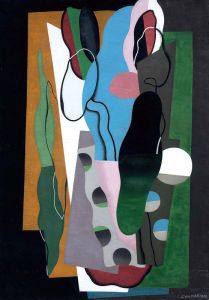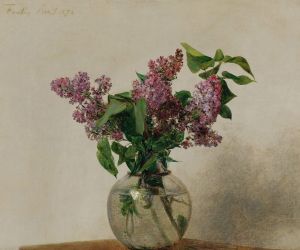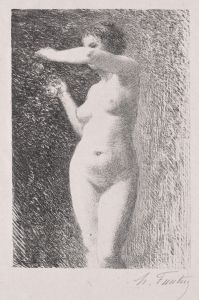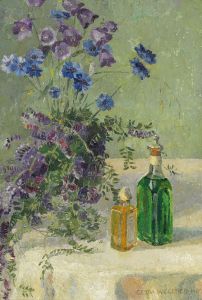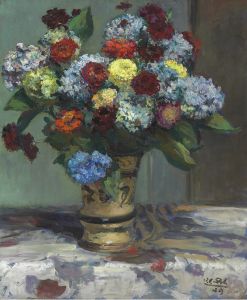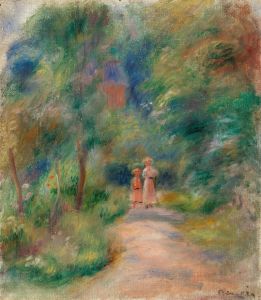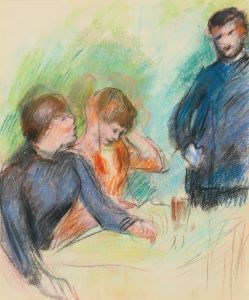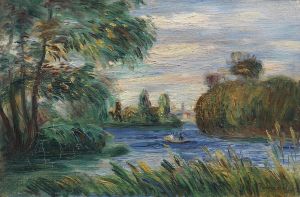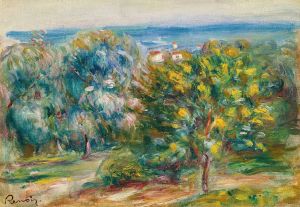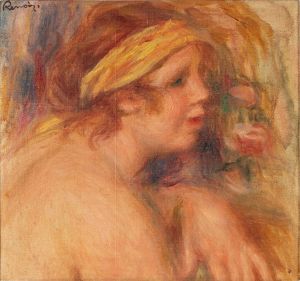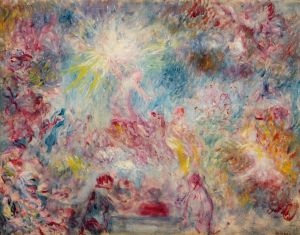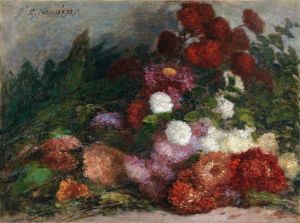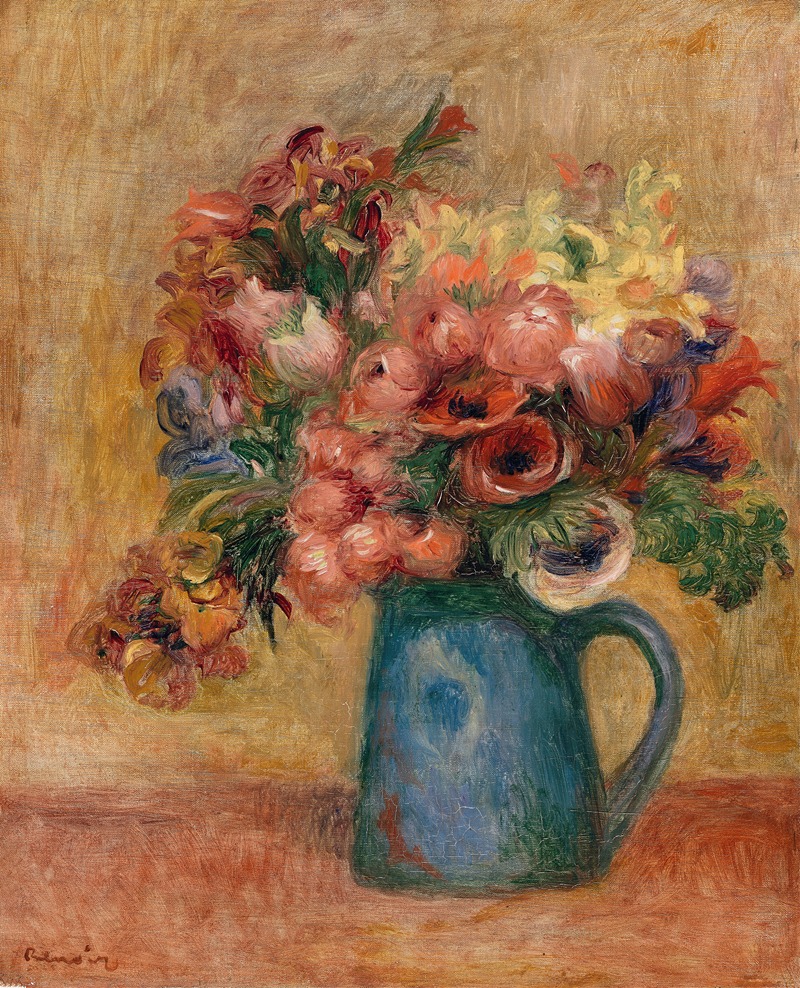
Vase of Flowers
A hand-painted replica of Pierre-Auguste Renoir’s masterpiece Vase of Flowers, meticulously crafted by professional artists to capture the true essence of the original. Each piece is created with museum-quality canvas and rare mineral pigments, carefully painted by experienced artists with delicate brushstrokes and rich, layered colors to perfectly recreate the texture of the original artwork. Unlike machine-printed reproductions, this hand-painted version brings the painting to life, infused with the artist’s emotions and skill in every stroke. Whether for personal collection or home decoration, it instantly elevates the artistic atmosphere of any space.
Pierre-Auguste Renoir, a leading figure in the Impressionist movement, is renowned for his vibrant light and saturated color, often focusing on people in intimate and candid compositions. However, he also explored other subjects, including still lifes, which allowed him to experiment with form and color in different ways. One such work is "Vase of Flowers," a painting that exemplifies Renoir's skill in capturing the beauty and essence of floral arrangements.
"Vase of Flowers" is a still life painting that showcases Renoir's ability to infuse life and vibrancy into a seemingly simple subject. The painting features a bouquet of flowers arranged in a vase, rendered with the artist's characteristic loose brushwork and attention to color. Renoir's approach to still life was influenced by his desire to capture the fleeting effects of light and color, a hallmark of the Impressionist style. In this painting, he employs a rich palette to depict the various hues of the flowers, creating a sense of depth and texture.
The composition of "Vase of Flowers" is carefully balanced, with the flowers arranged in a way that draws the viewer's eye throughout the canvas. Renoir's use of light and shadow adds dimension to the painting, highlighting the delicate petals and leaves. The background is typically understated, allowing the vibrant colors of the flowers to stand out. This focus on color and light is indicative of Renoir's broader artistic goals, as he sought to capture the beauty of the natural world in a way that was both realistic and emotionally resonant.
Renoir's still lifes, including "Vase of Flowers," were often created during periods when he was exploring different techniques and styles. These works provided him with an opportunity to experiment with composition and color without the constraints of depicting human figures. As a result, his still lifes are often seen as exercises in pure painting, where the artist could focus solely on the interplay of color, light, and form.
"Vase of Flowers" reflects Renoir's admiration for the works of earlier masters, such as Jean-Baptiste-Siméon Chardin and Gustave Courbet, who were known for their still life paintings. However, Renoir's interpretation is distinctly his own, characterized by a sense of spontaneity and movement that aligns with the Impressionist ethos. His ability to convey the transient beauty of flowers through his brushwork and color choices is a testament to his skill as a painter.
While "Vase of Flowers" may not be as widely recognized as some of Renoir's other works, it remains an important part of his oeuvre, illustrating his versatility and mastery of different subjects. The painting is a celebration of nature's beauty, captured through the lens of one of the most influential artists of the 19th century. Renoir's still lifes continue to be appreciated for their aesthetic qualities and their contribution to the broader Impressionist movement, offering insight into the artist's creative process and his enduring legacy in the world of art.





